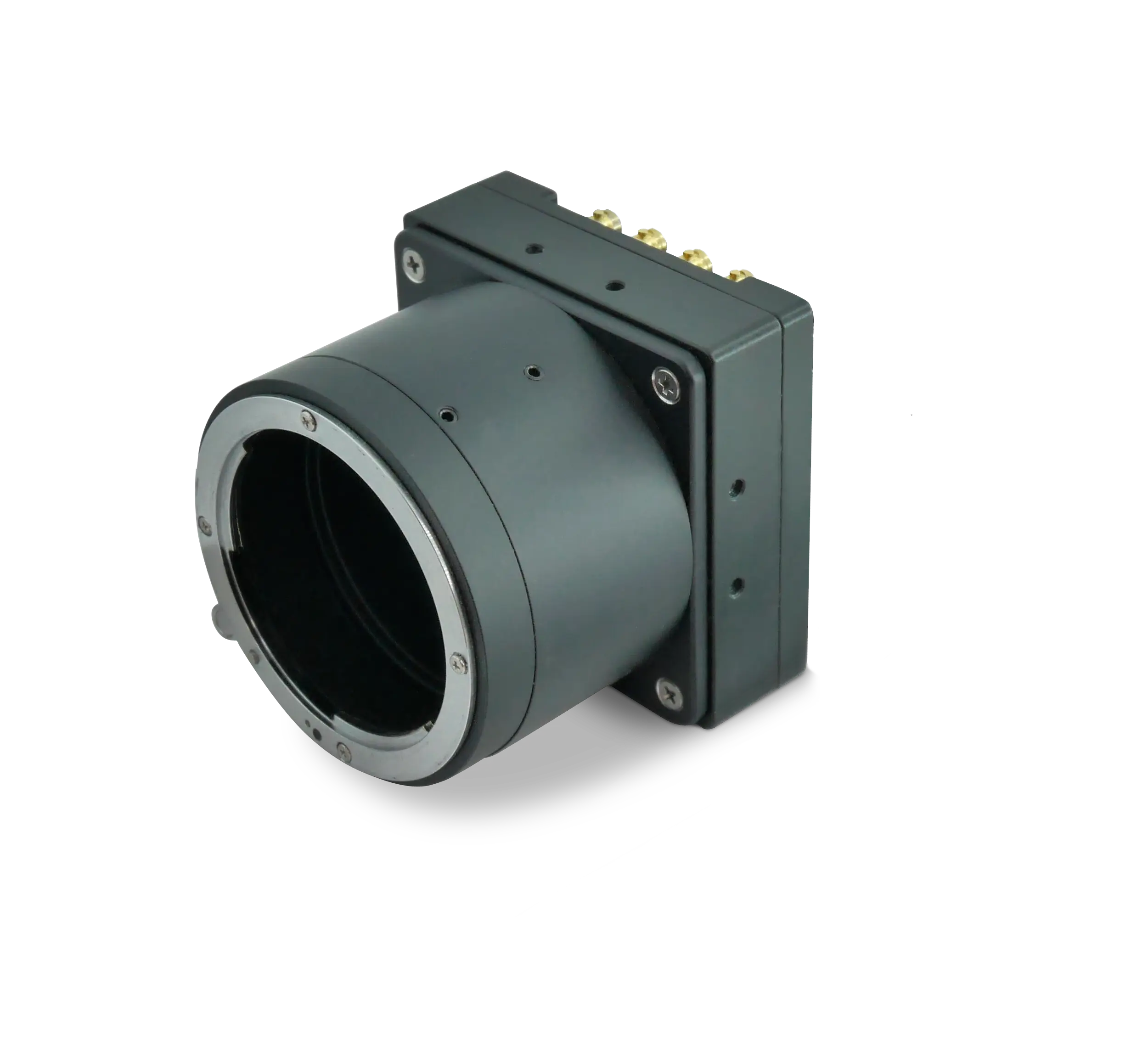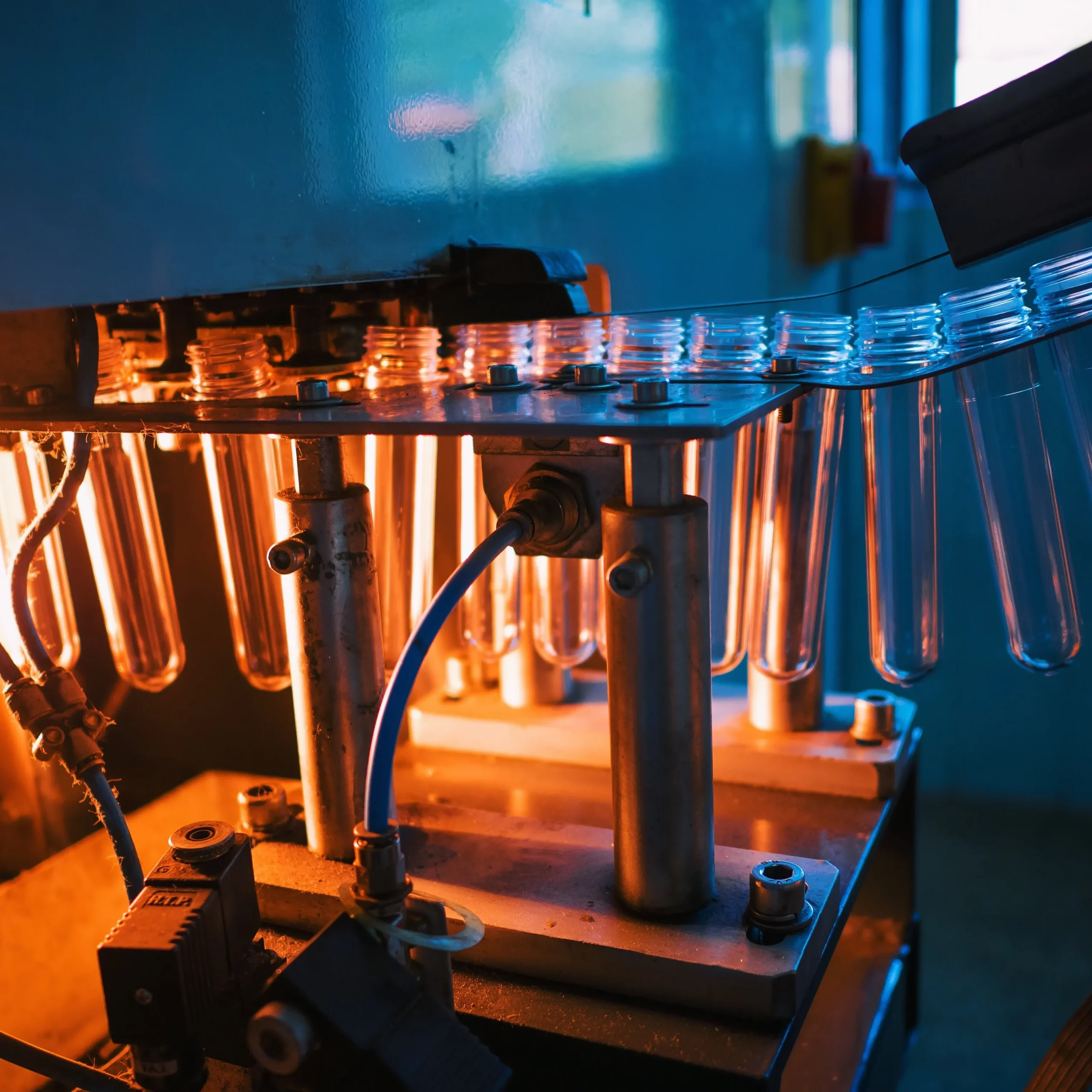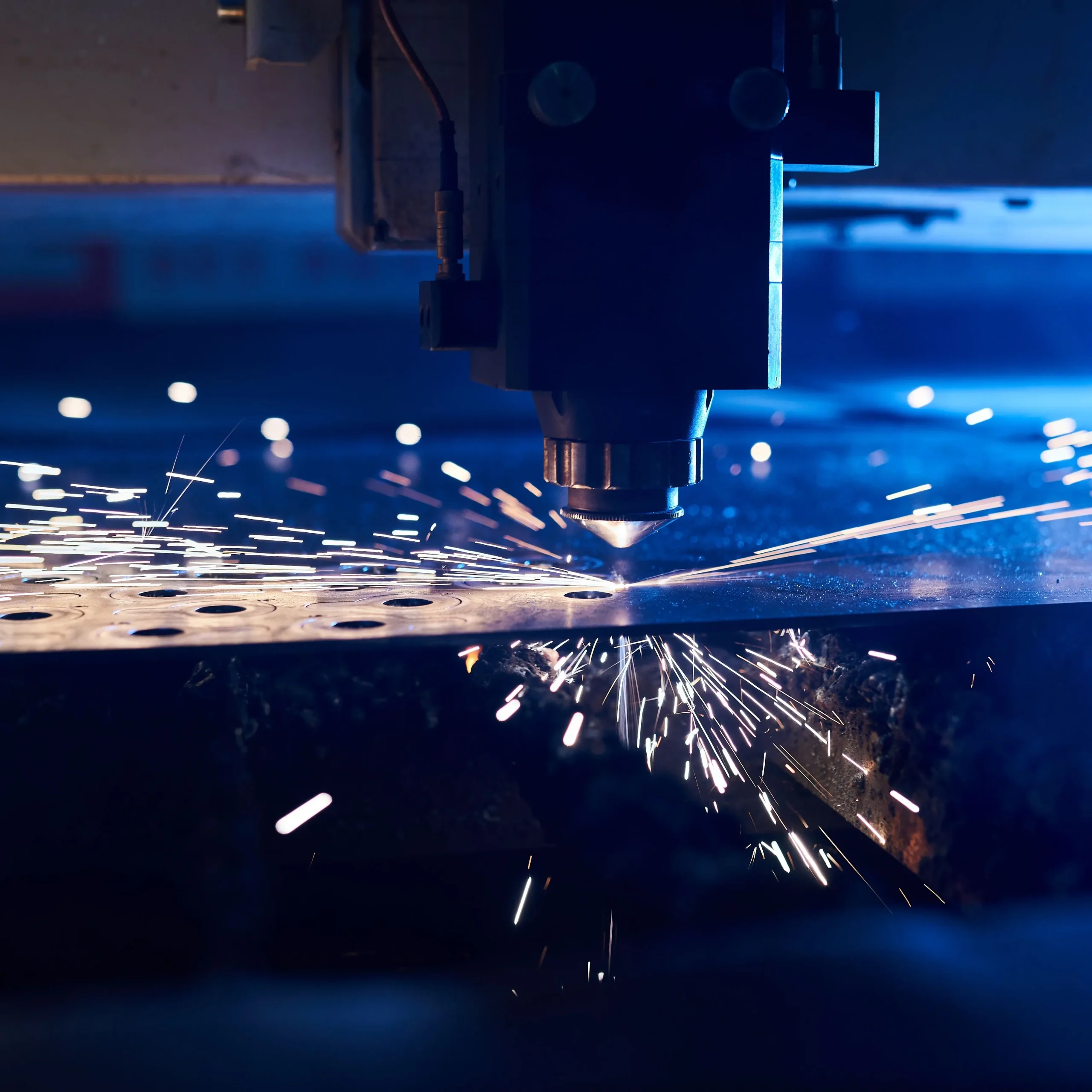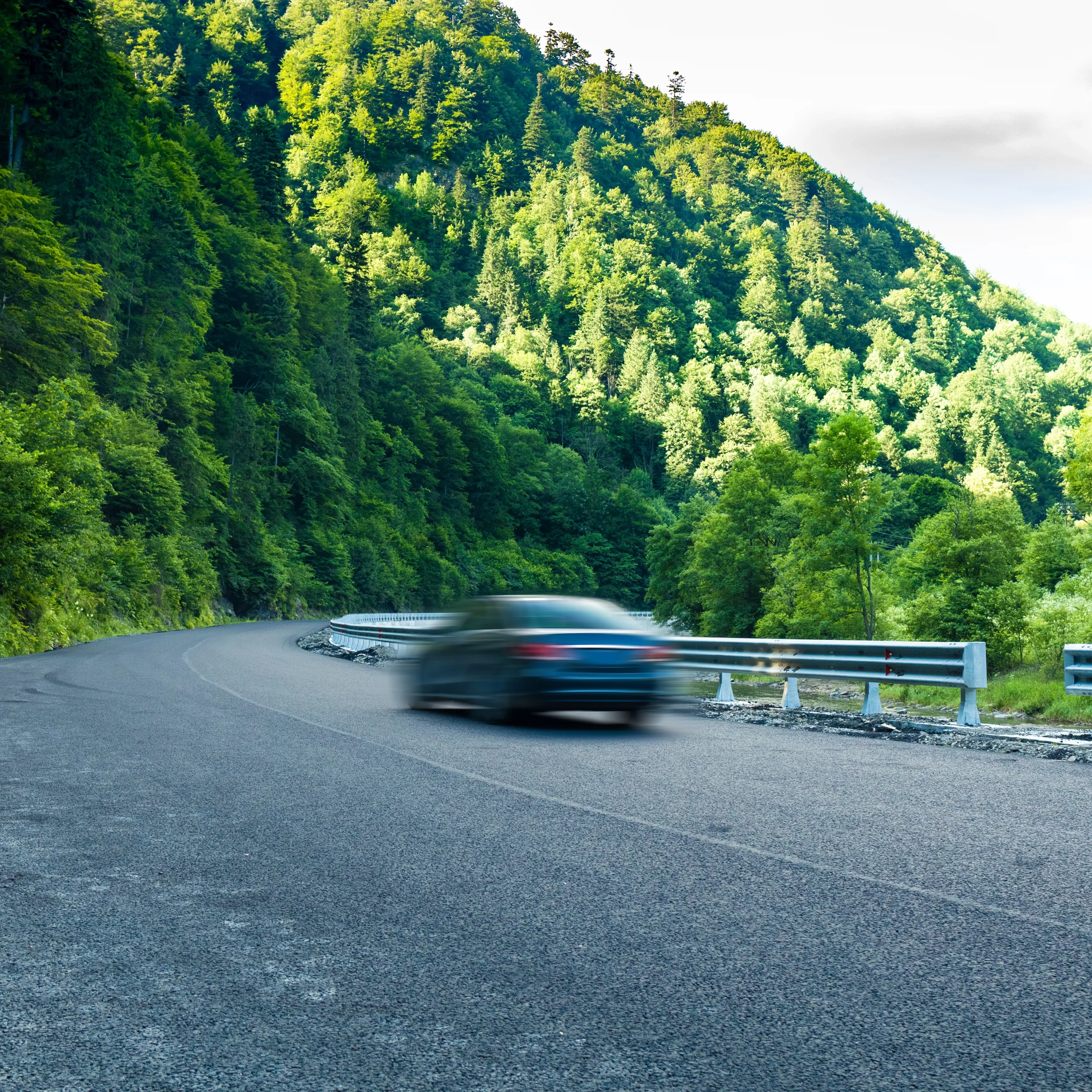When production efficiency, product quality and data-driven decision making depend on crystal-clear images, manufacturers cannot afford trial-and-error in technology choices. A structured industrial imaging consultation is therefore critical. At KAYA Vision, we translate nebulous project briefs into tangible hardware and software recommendations that shorten time to market and future-proof your investment.
Phase 1 – Defining the Problem Statement
Every successful industrial imaging consultation starts with clear articulation of the inspection or monitoring challenge. Whether you are verifying solder joints on a PCB, capturing combustion analysis at 10,000 fps or measuring microscopic defects in pharmaceutical blister packs, KAYA experts dig into:
- Defect types and tolerances
- Part geometry, material reflectivity and motion profile
- Production line speed, duty cycle and environmental conditions
- Regulatory or industry standards that impose limits on illumination wavelengths or data format retention
With this information we create a quantified target specification covering field of view, spatial resolution, temporal resolution and signal-to-noise ratio. By the end of Phase 1, stakeholders share a single-page requirement sheet instead of a stack of emails.
Phase 2 – Vision Feasibility Test Bench
The next step goes beyond datasheets. Our application laboratory houses a fleet of KAYA cameras, LED and laser lighting options, optics and the Komodo III Quad CoaXPress-over-Fiber frame grabber. We stage a miniature version of your process to empirically validate feasibility.
During testing we typically alternate between the Iron 4600—featuring a 43.8 mm diagonal sensor with 8320 × 5456 (≈45 MP) resolution—and the Iron CoF 253 when global-shutter timing is essential. Swapping cameras on the same rig accelerates CoaXPress camera selection because real-world image stacks and bandwidth metrics are collected under identical conditions.
- Resolution verification: A calibrated Siemens star confirms that the machine-vision system design will resolve the smallest defect size required.
- Exposure tuning: We expose the sensor to worst-case vibration and lighting fluctuations to guarantee adequate dynamic range.
- Interface stress test: Burst acquisitions are streamed to the Komodo III and recorded directly to NVMe RAID. If no packet loss occurs at 6.5 GB/s, the configuration passes.
The outcome is a detailed feasibility report containing annotated images, histograms and frame-rate logs. Because data originates from KAYA hardware, transfer to production equipment is seamless.
Phase 3 – CoaXPress Camera Selection Matrix
With empirical numbers in hand, KAYA consultants compile a weighted decision matrix for CoaXPress camera selection. Criteria often include:
- Shutter type: Rolling versus global affects distortion when parts move over 3 m/s.
- Pixel size: The Iron 4600’s 4.4 µm pixels capture fine detail on silicon wafers, while the 3.45 µm pixels of the Iron CoF 253 excel in high-magnification C-mount optics.
- Spectral response: Projects requiring NIR or UV exclude unnecessary filters to maximize QE.
- Environmental hardening: Optional IP67 enclosures let Iron-series cameras survive coolant spray and metal shavings.
- Synchronization: Multi-camera setups benefit from the precisely aligned 64-bit timestamping inside Komodo III.
Rather than forcing a one-size-fits-all purchase, KAYA Vision shows how sensor characteristics interact with optics and lighting so that stakeholders can justify each specification to finance and quality teams.
Phase 4 – Machine Vision System Design Blueprint
A camera alone does not complete a project. During the machine vision system design phase we architect every component from lens mount to data analytics:
- Optics: F-mount glass pairs with the Iron 4600’s 35 mm format to eliminate vignetting, while C-mount telecentric lenses match Iron CoF 253’s 17.5 mm image circle.
- Illumination: Enclosed light tunnels reduce ambient reflections; strobe control lines on KAYA cameras synchronize flash to microsecond precision.
- Frames-per-second budgeting: Knowing that the Iron 4600 delivers 100 fps at 8-bit output but 53 fps at 14-bit, we calculate the minimum bit depth that still meets gray-level discrimination requirements.
- Host architecture: To handle up to 7.9 GB/s DMA bursts from Komodo III, we specify PCIe 4.0 backplanes, Threadripper CPUs and GPU compute queues.
- Software stack: KAYA’s GenCam-compliant SDK feeds image buffers directly into HALCON or Python for AI inference.
The blueprint includes CAD drawings, cable routing guides and a bill of materials with vendor codes. Your engineering team can execute the build internally, or retain KAYA for a turnkey delivery.
Phase 5 – Proof-of-Concept Handoff
Before releasing hardware to the factory floor, our engineers ship a proof-of-concept kit consisting of the selected camera, Komodo III grabber, optical adapters, and a USB containing the tested parameter set. Remote sessions verify that firmware versions, LUTs and ROI settings match the lab results. Any deviation triggers an automatic configuration script generated by the consultation team.
This disciplined approach lowers risk compared with ad-hoc procurement. In most engagements, customers achieve first-article image acceptance within 48 hours of kit arrival.
Phase 6 – Deployment & Scaling
Transitioning from a single workstation to a plant-wide network introduces new considerations:
- Fiber routing: Because CoaXPress-over-Fiber can span many kilometers (distance depends on the chosen SFP+ transceivers), we design redundant loops that survive forklift damage without frame loss.
- Edge compute: NVIDIA Orin modules slide into the same rack that houses Komodo III, performing real-time segmentation and pushing metadata to MES systems.
- Central logging: KAYA SDK exposes JSON telemetry so that uptime, temperature and link quality are archived for predictive maintenance.
Throughout rollout we revisit the original requirement sheet to ensure KPIs remain aligned. If higher line speeds demand 200 fps capture, migration paths are already documented.
Phase 7 – Continuous Improvement Loop
A KAYA Vision industrial imaging consultation does not expire. Quarterly health checks examine sensor cleanliness, firmware updates and image-quality indicators. Because the same consultants who performed the initial machine vision system design manage these audits, context loss is minimal. Typical optimizations include:
- Activating defect-pixel correction on Iron cameras after prolonged radiation exposure
- Moving from 10-bit to 12-bit output when AI models require finer gradients
- Repurposing spare Komodo III ports to add thermal cameras without new frame grabbers
By maintaining this feedback loop, enterprises spread camera investment over longer lifecycles and continuously raise inspection performance.
In the saturated imaging market, spec sheets alone cannot guarantee success. KAYA Vision differentiates by uniting deep sensor-physics expertise, robust CoaXPress engineering and a pragmatic consultation framework. The same engineers who design Iron 4600, Iron CoF 253 or Komodo III contribute to your project, ensuring recommendations are grounded in silicon-level knowledge rather than brochure talk.
Ultimately, our iterative, data-driven methodology compresses the journey from blurry concept to production-ready line scan in weeks, not quarters. When image quality, throughput and reliability translate directly into revenue, that speed matters.
